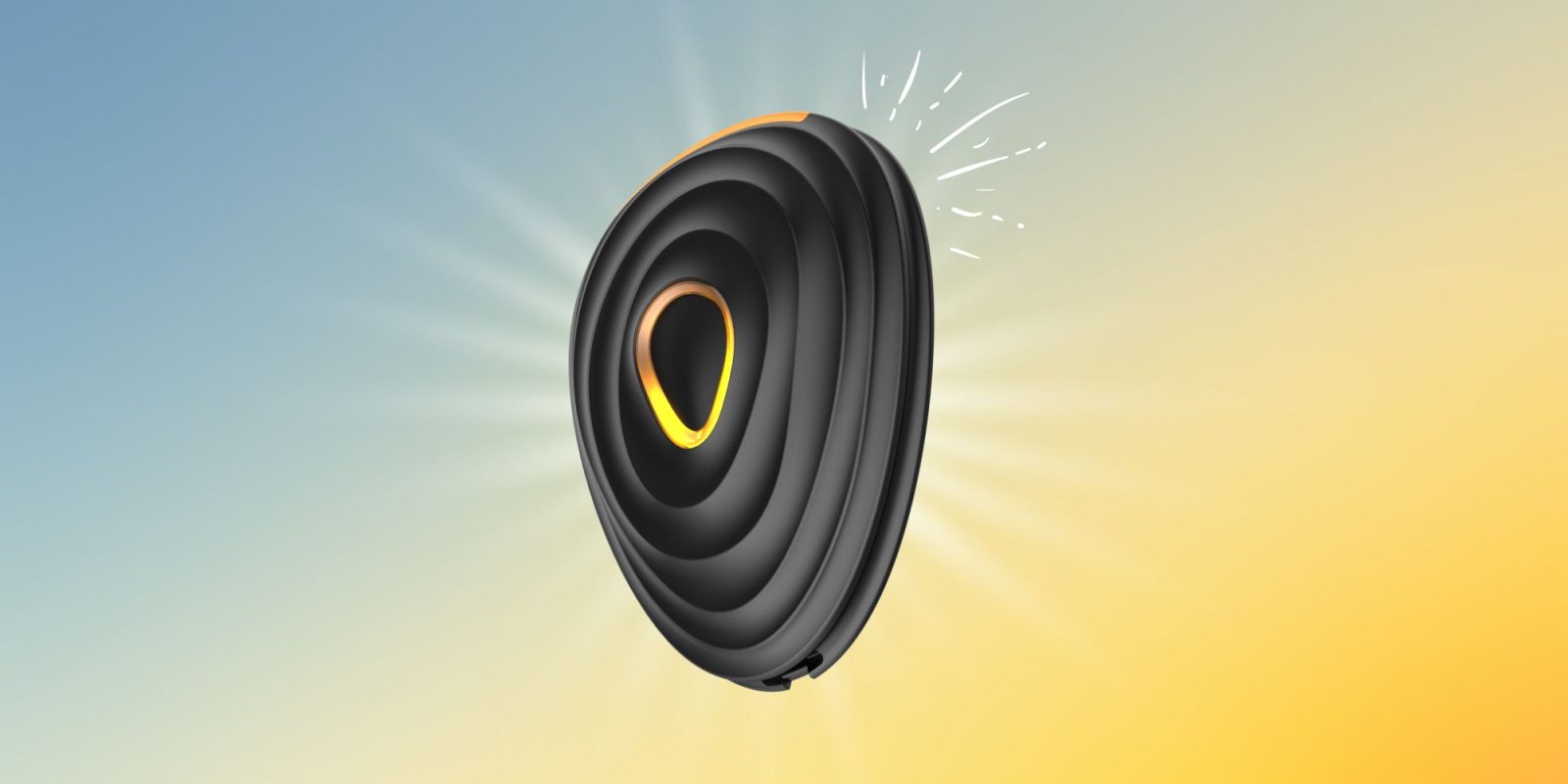
While power zone training has been immensly popular among cyclists for a while, it has taken longer to gain traction among runners. This is mostly due to the previous difficulty of being able to accurately track running power.
Runners finally got what they needed when Stryd released their original footpod, which could track your foot through three dimensional space and record the accelerations, impact, and force being applied. And now, with the new Next Gen Stryd, running power is more accurate and easier to use than ever.
Table of contents
Next Gen Styrd Review [Video]
Subscribe to Connect The Watts for more connected fitness news, updates, tips, and guides
Why use running power
Most runners still use heart rate zones to guide their intensity in order to achieve a specific training goal. However, heart rate is not always the best indicator of intensity.
For one, heart rate is a lagging metric. So when I increase my pace (or increase the incline) my heart rate takes a while to “catch up” with the new intensity.
I can also slow down (or decrease the incline) but still have a high heart rate for an extended period due to this lag.
Additionally, heart rate is well known to be affected by numerous other factors including the temperature, time of day, caffeine, and hydration level.
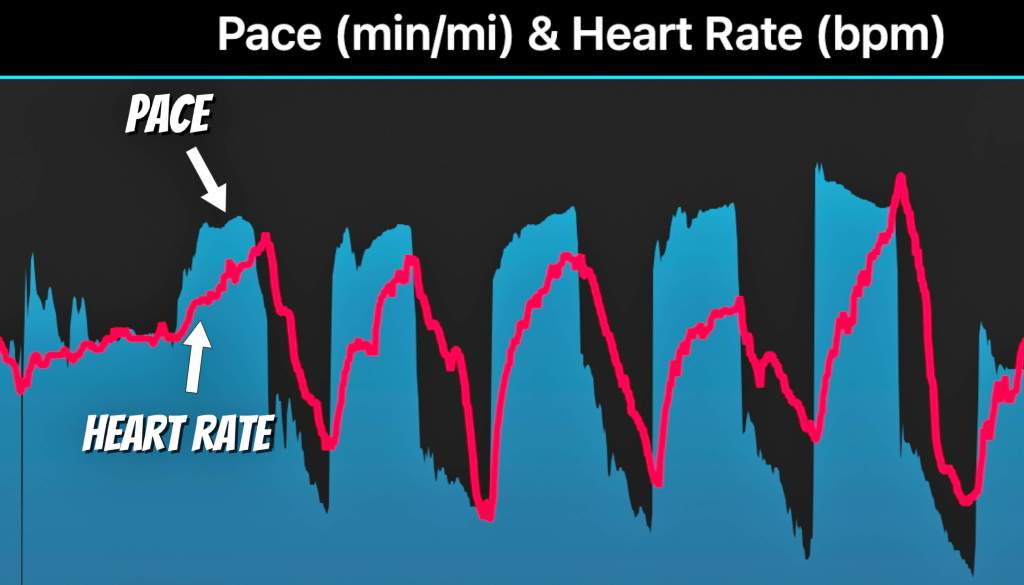
Unlike heart rate, power output is instantaneous. As I pick up the pace, my power output increases alongside it. And, with the Next Gen Stryd, even wind is accounted for.
When I run into a headwind, the power needed to keep the same pace increases. So with Stryd I am able to adjust my pace in realtime to ensure I am keeping the intensity constant. This is not possible with heart rate training.

Next Gen Stryd
The Next Gen Stryd is a light (8 gram) pod that you secure onto the laces of your running shoes. While small, it is packed with sensors and multiple accelerometers to be able to calculate real-time running power.
In addition to running power, Stryd also tracks: pace, cadence, wind power, ground contact time, stride length, vertical oscillation, leg spring stiffness, form power, and other metrics.
Stryd tracks all of this data internally and later uploads it to your phone after the run is over. It can also broadcast these metrics in real-time to be viewed on most sports watches, including Garmin, COROS, Apple Watch, and others.
The more you run with Stryd, the more accurate it becomes at estimating what it calls your Critical Power (CP), which is how your individual power zones are created. Unlike with other forms of power training that require an FTP test, this number is continually updated, taking into account all of your running data over the past 90 days.
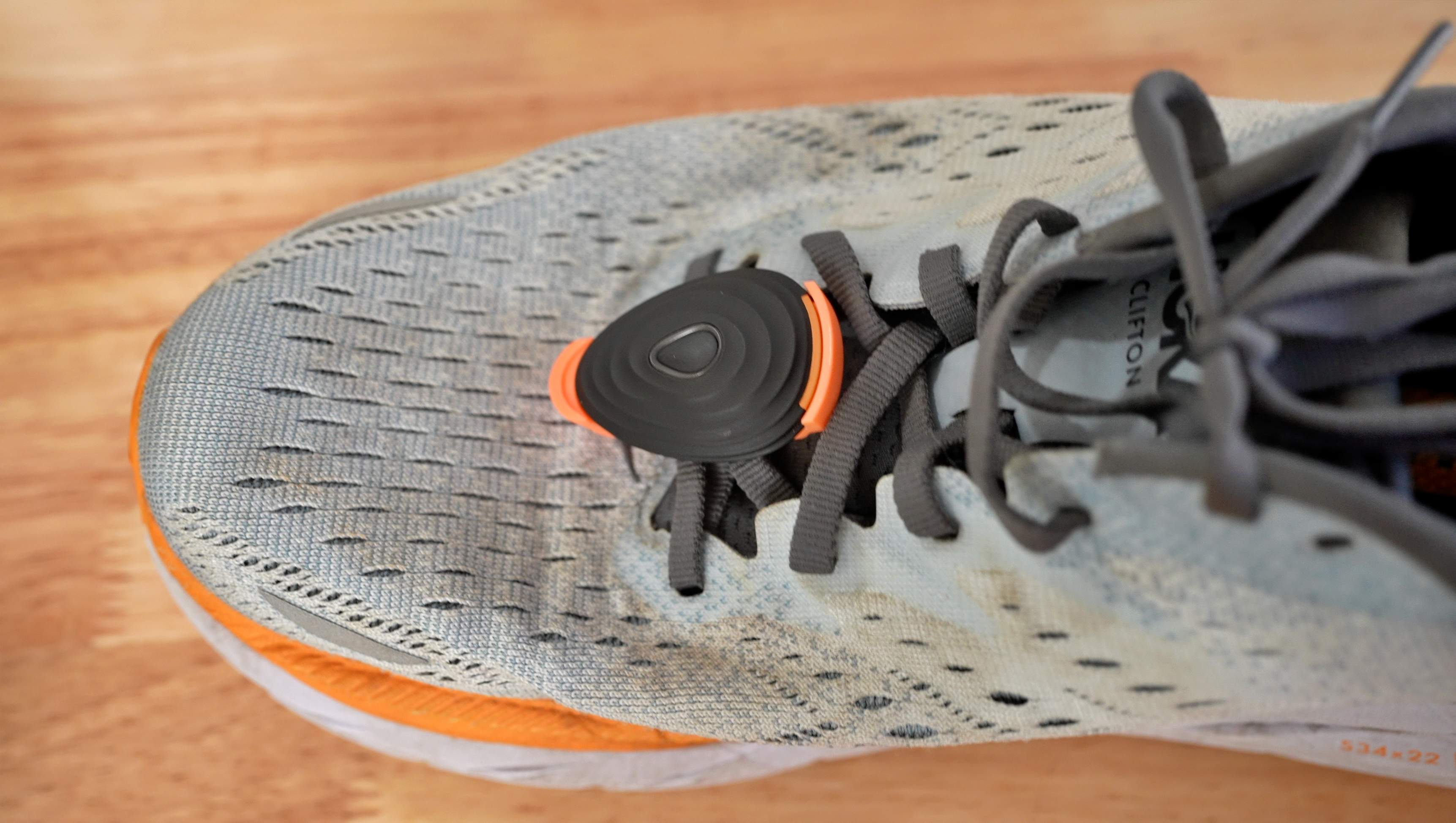
Next Gen Stryd improvements
I’ve never used the original Stryd, so I cannot say if the Next Gen Stryd is worth it or not if you already have the original. Here are some of the major improvements that Stryd says have been made with the Next Gen:
- Upgraded sensors and improved materials
- 5x improved responsiveness for more accurate pacing
- Lower body stress tracking to help with injury prevention and program planning
- Three new running profiles to tailor power pacing to your workout conditions
- Improved sprint accuracy for tracking improvements in speed work
- Improved wind analysis making adjustments to power based on wind speed more accurate.
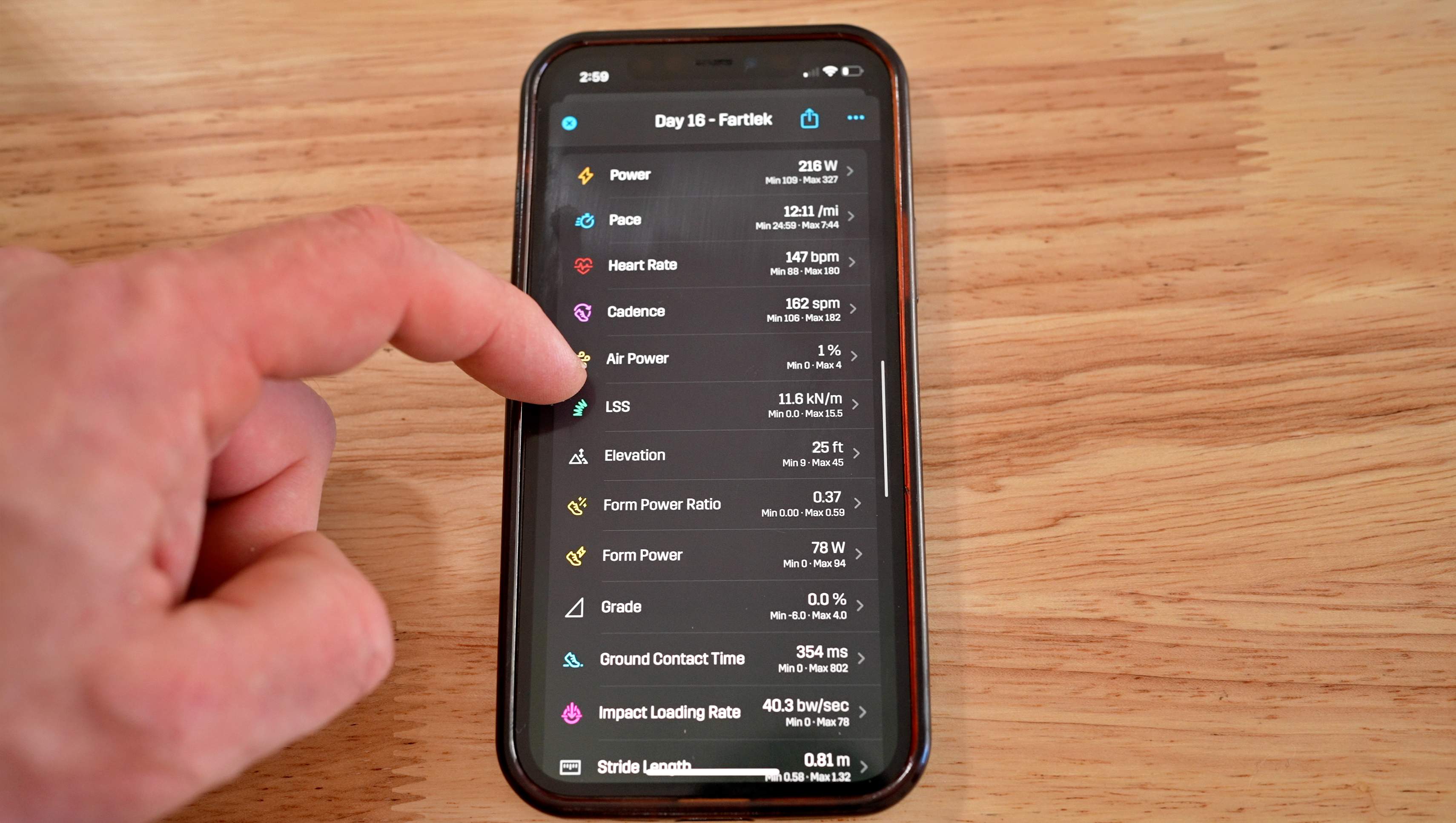
Power comparison
With power training becoming more popular, sports watch companies are focusing more on being able to provide native power data. Polar, COROS, Apple, and now Garmin all have implemented native power tracking on their watches without the use of additional accessories.
So then why still use Stryd?
It mostly comes down to accuracy.
Currently, native power tracked by sports watches is much less accurate than Stryd and thus harder to use effectively. See the video above to get more insight into the differences in power tracking between Stryd, Garmin, and Apple Watch.

The Stryd app
Stryd works alongside an app where it stores all of your running data. Since you can pair Stryd with other watches, you will also be able to see the data Stryd collects on those respective apps as well.
On the Stryd app, you can dig into your Critical Power and break down each of your workouts as you look through the numerous metrics. It also takes your data and organizes it into various charts and scores to help you get a better sense of your training and progress.
A new score, called the Lower Leg Stress Score, is something I have found to be particularly useful. As a heavier runner, my lower legs receive a great deal of impact, which is something I keep in mind when adjusting the volume of my program to ensure I don’t get injured. This Lower Leg stress Score has been the best tool for this, as it takes into account a lot more than just total milage or time (which is what I was previously using).
The Stryd app also allows you to add and create workouts, and these can be sent over to your sports watch. The app also integrates well with other programs like Strava and TrainingPeaks.
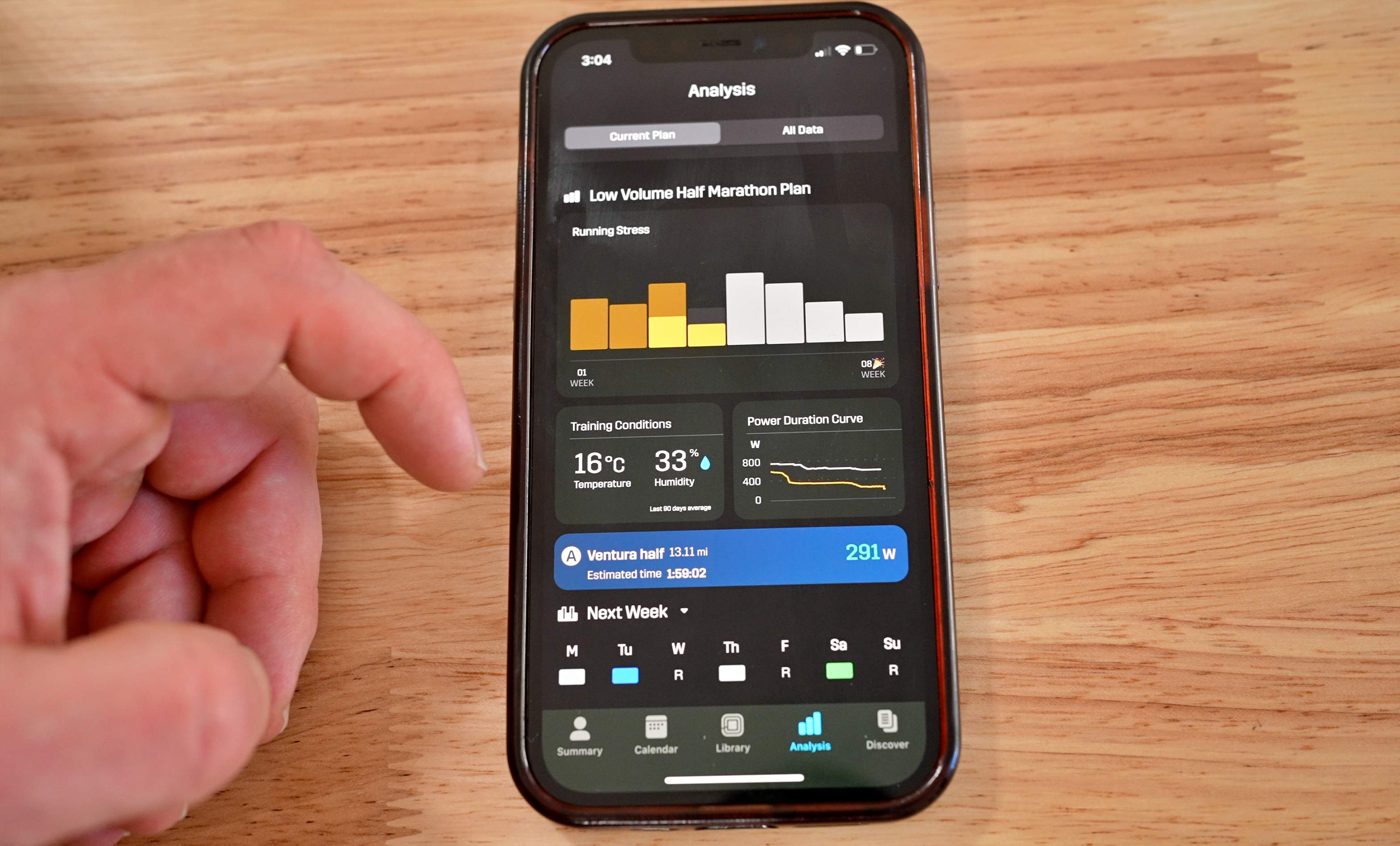
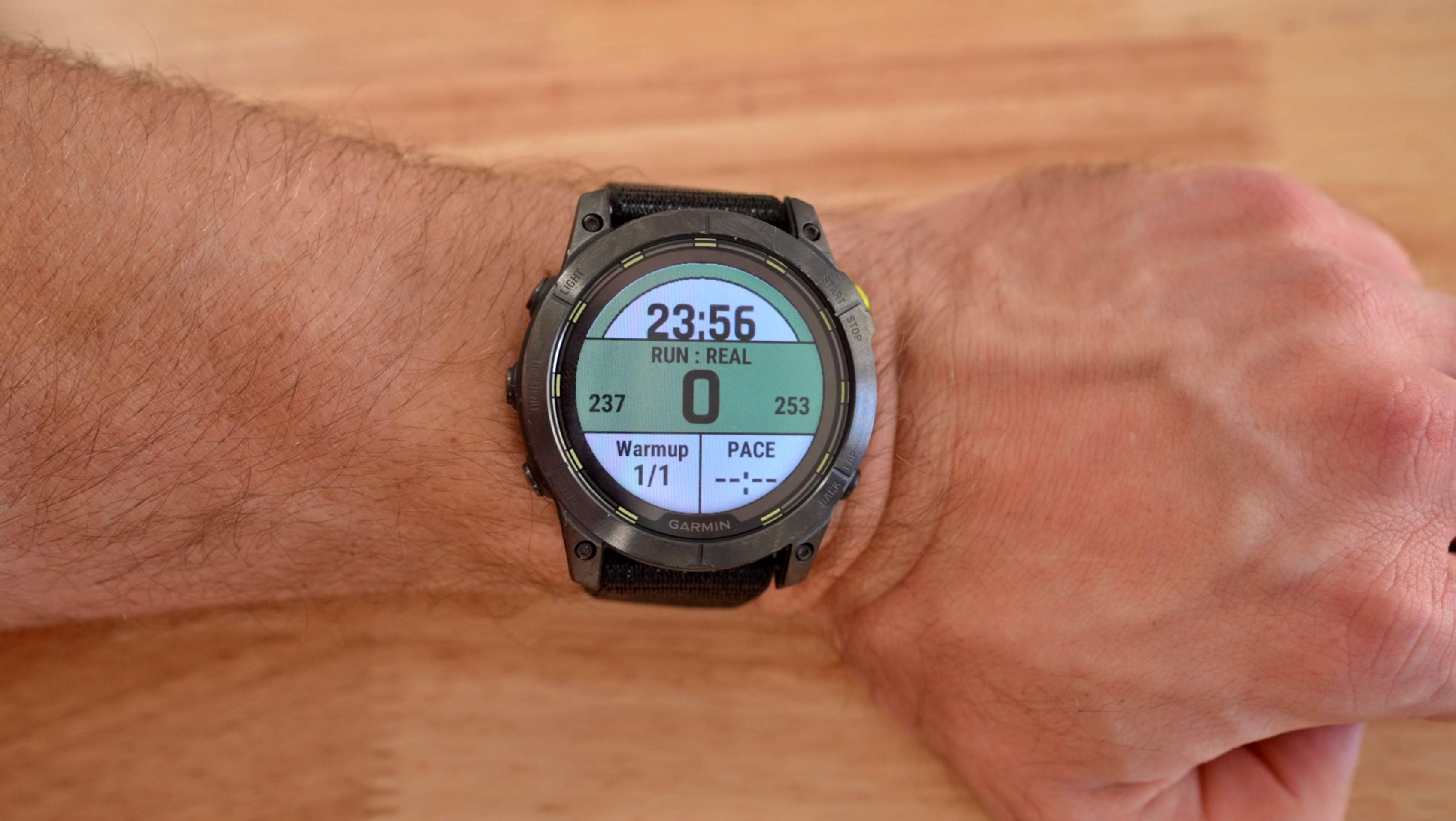
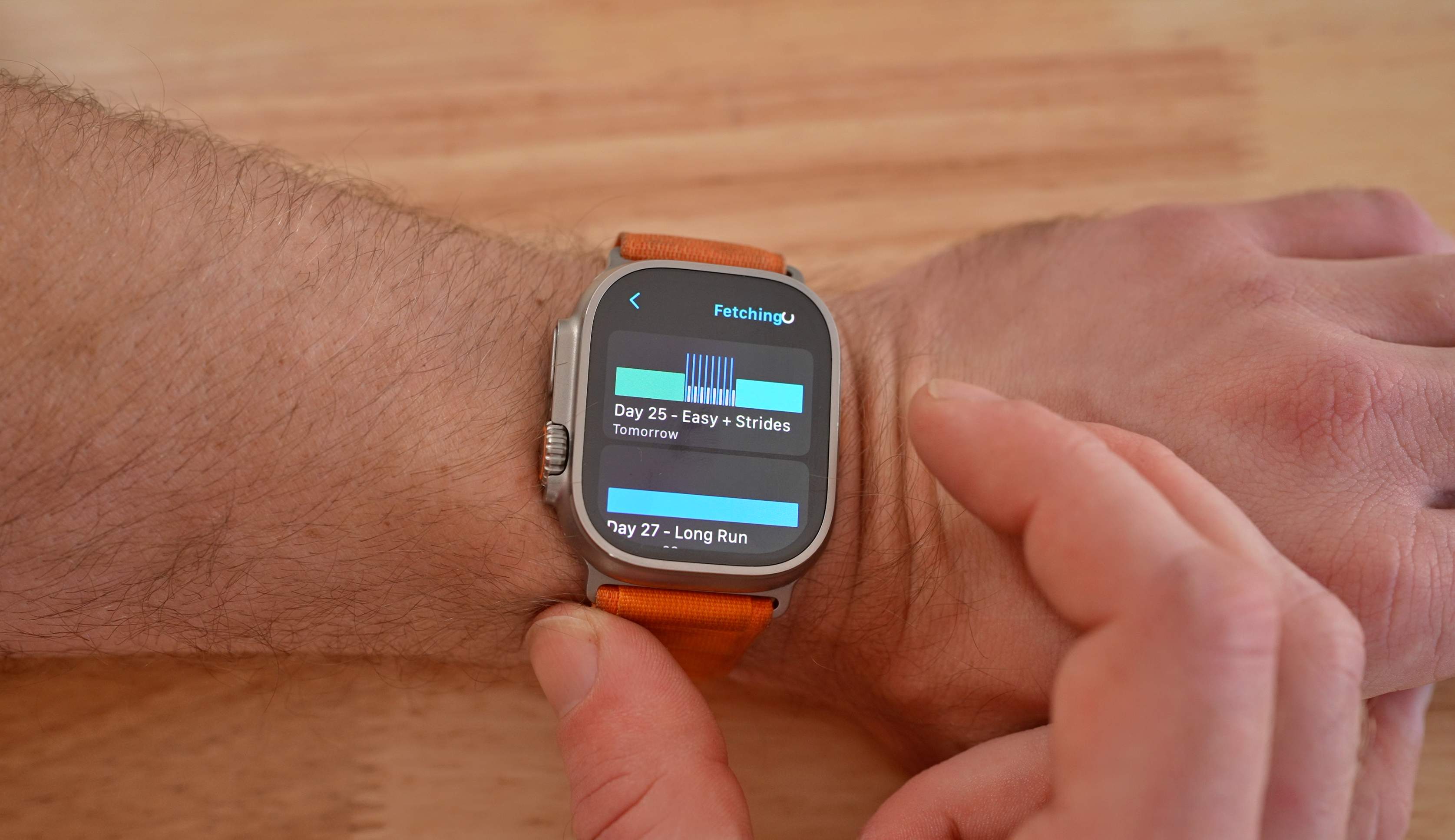
Cost and membership
The Next Gen Stryd currently has two price options:
Option 1: Purchase for $249 upfront.
Option 2: Purchase for $149 upfront, and commit to a $9.99 monthly membership for six months.
Seeing as the second option offers the best value and best price, it is definitely the way to go unless you are worried about the possibility that you will not use it and end up forgetting to cancel your member subscription.
The membership includes more post-run insights relative to your goals, 300+ workouts you can use that adjust to your running ability, and the option to have custom training plans built for you and any running events you have planned.
I currently am training for a half marathon using a program build on the Stryd app and have so far found it to be excellent. Is it worth the $10 per month? I think so, and most will have six months to determine that for themselves.
Overall, I highly recommend the Next Gen Stryd. It is currently is my favorite running tool and is something I plan on using far into the future.
Suggested reads:
- Nix Hydration Biosensor review – a revolutionary tool for endurance athletes
- Garmin rolls out huge November watch update: Here’s what you should know
- Wearables compared: Apple Watch Ultra vs. Garmin Fenix 7 (and Epix/Enduro 2)
FTC: We use income earning auto affiliate links. More.
